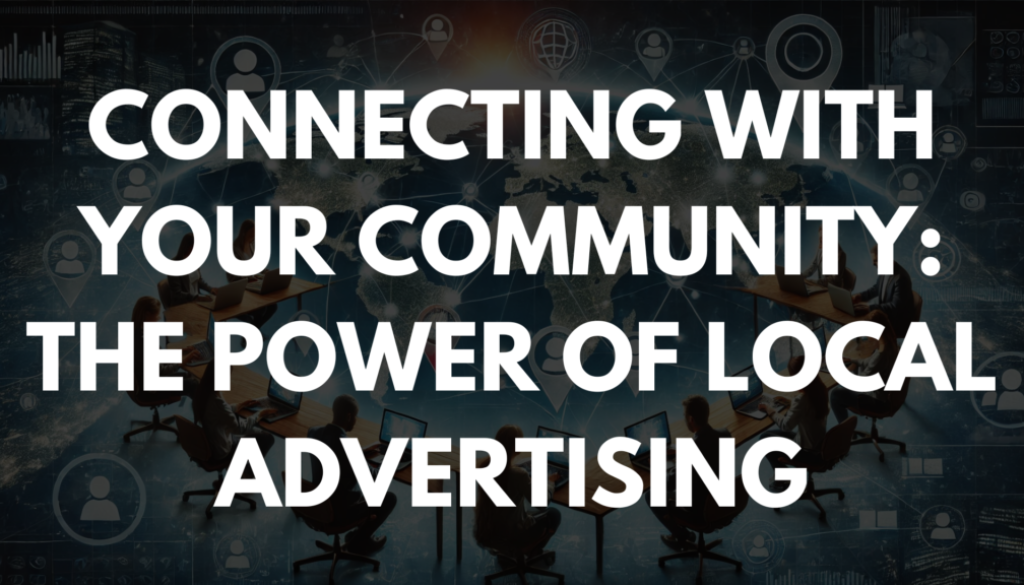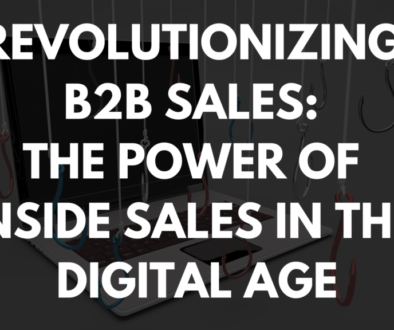Connecting with Your Community: The Power of Local Advertising
Last Updated on 3. Feb 2025 by b2bexport
It was a relentless quest, spanning several months and countless visits to various stores, until one day, I finally spotted it through local advertising at my neighborhood grocery store
A Coke bottle with my name on it.
Finally, I could enjoy a beverage I typically overlook, all because it has my name. This is the magic of the Share A Coke campaign: a global brand making a local connection through innovative local advertising ideas.

Defining Local Marketing
Local marketing is a strategic approach where businesses target nearby audiences with messages that resonate with their specific locality.
It involves using local slang, regional influencers, and community-specific promotions to attract and retain local customers. By focusing on local nuances, businesses can create stronger connections and more relevant marketing campaigns as part of an effective local advertising strategy.
This strategy leverages proximity to build a brand’s presence within a community.
Examples of local marketing include engaging local influencers, placing targeted ads, using paid local advertising ideas, and organizing public events. For instance, a coffee shop might partner with a well-known local musician to host a live music night, thereby drawing in fans and creating a buzz in the community.
Small businesses, in particular, can gain immensely from a local marketing strategy by creating a loyal customer base through the effective use of local assets.
These businesses often rely on word-of-mouth and community support, making localized marketing efforts even more critical. However, a deep understanding of local audiences is crucial. Without this, businesses miss out on a vital opportunity to connect with a key segment of their market.
It’s about knowing the local culture, preferences, and needs, and tailoring your marketing efforts
Innovative Local Marketing Ideas
These suggestions can be adapted to fit your business size and needs.
Remember, impactful marketing doesn’t always require a hefty budget; it’s about smart targeting. Use these ideas as a springboard for your campaign.
1. Champion a Cause
Is your brand passionate about social issues? Integrate cause marketing with local marketing.
Conduct research to identify causes that resonate with your local audience, similar to Smirnoff’s inclusivity campaign. Smirnoff discovered that 12% of millennials identify as transgender or gender non-conforming.
To support this community, they launched the “We’re Open” campaign.
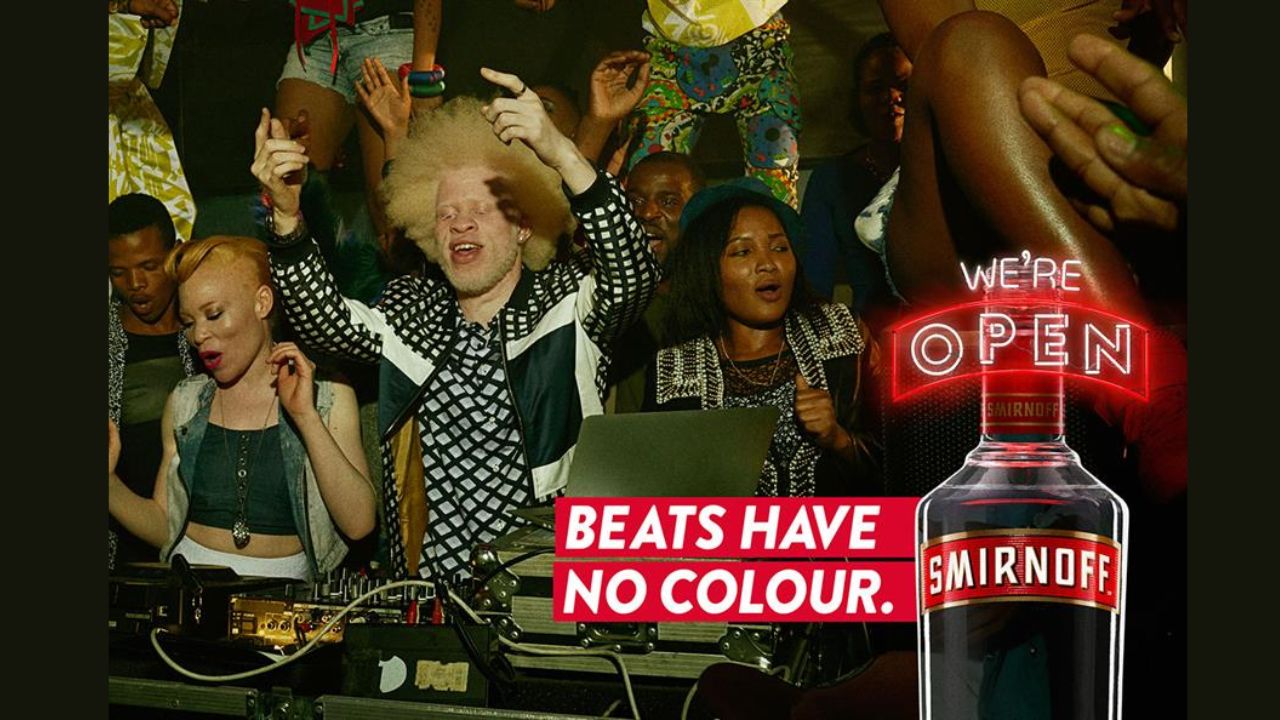
This initiative not only raised awareness but also showed Smirnoff as a brand that cares about and supports diversity and inclusion.
Based in London, this campaign aimed to protect marginalized groups by enlisting volunteers and collaborating with the Westminster Council. By addressing a global issue within a specific community, Smirnoff reinforced its brand values locally.
This local action created a ripple effect, enhancing their reputation on a broader scale.
2. Personalize Your Campaigns
One of the strengths of local marketing is personalization.
Like the “Share a Coke” campaign, personalized messages make customers feel special. Coca-Cola isn’t the only brand embracing local personalization. Think about Starbucks’ location-based mugs. These vibrant mugs feature the names of cities or landmarks unique to each location, making them a fun way for customers to show pride in their hometown or collect souvenirs.
This kind of personalization can create a deeper emotional connection with customers, making them feel seen and valued.
Starbucks even has an interactive “Mug Map” on its website, showcasing how a global brand can maintain a local touch. Personalization doesn’t have to be expensive; it just needs to be meaningful.
Even small businesses can adopt similar strategies by offering customized products or services that reflect local culture or interests.
3. Target Specific Demographics
Want to engage a specific segment of your audience?
Take a cue from Activia, which initiated conversations about women’s well-being, recognizing that women often critique themselves harshly. By addressing the specific concerns and interests of a particular demographic, you can create more impactful and relevant marketing messages.
Activia launched a campaign featuring interviews with American women discussing their connection to well-being, targeting U.S. women aged 25 to 55.
This campaign not only resonated with their target demographic but also helped to build a positive brand image. This campaign started a dialogue within a key demographic, improving Activia’s brand perception by focusing on relatable experiences.
By highlighting shared experiences and challenges, Activia was able to connect on a deeper level with its audience.
4. Organize Local Events
Consider hosting events that resonate with your local community. Lidl, for instance, found that many perceived their food as low quality.
To change this, they invited London-based food experts to a private farmers market in a trendy area. The event generated positive social media buzz about Lidl’s high-quality products at competitive prices. Lidl used this praise in their store banners, creating a ripple effect of positive awareness in the London area.
Events like these not only enhance brand perception but also create opportunities for direct customer engagement.
By hosting community-specific events, you can spark local interest and invite potential customers to explore your brand. Public product demonstrations can also help build a positive reputation. For instance, a small bakery could host a community bake-off, inviting local residents to participate and sample their products.
This not only increases brand visibility but also fosters a sense of community involvement.
5. Collaborate with Local Business Owners
Partnering with other local businesses can also be a great way to enhance your marketing efforts.
Cross-promotions, joint events, or bundled offers can help both businesses reach new audiences. For example, a local gym could partner with a nearby health food store to offer discounts or special promotions to each other’s customers.
This kind of collaboration can be mutually beneficial and help strengthen community ties.
6. Utilize Local Media Coverage
Don’t underestimate the power of local media. Newspapers, radio stations, and local TV channels can be effective platforms for reaching your target audience.
Share your story, promote your events, and highlight your community involvement through these channels.
Local media and local newspaper outlets are often looking for interesting stories and events to cover, and this can be a cost-effective way to get your message out.

Understanding the Costs of Local Advertising Strategy
Advertising costs can vary greatly depending on your goals.
However, here are some benchmarks for popular online ad platforms, typically based on CPM (cost per thousand impressions):
- Google Ads: $2.32 per click
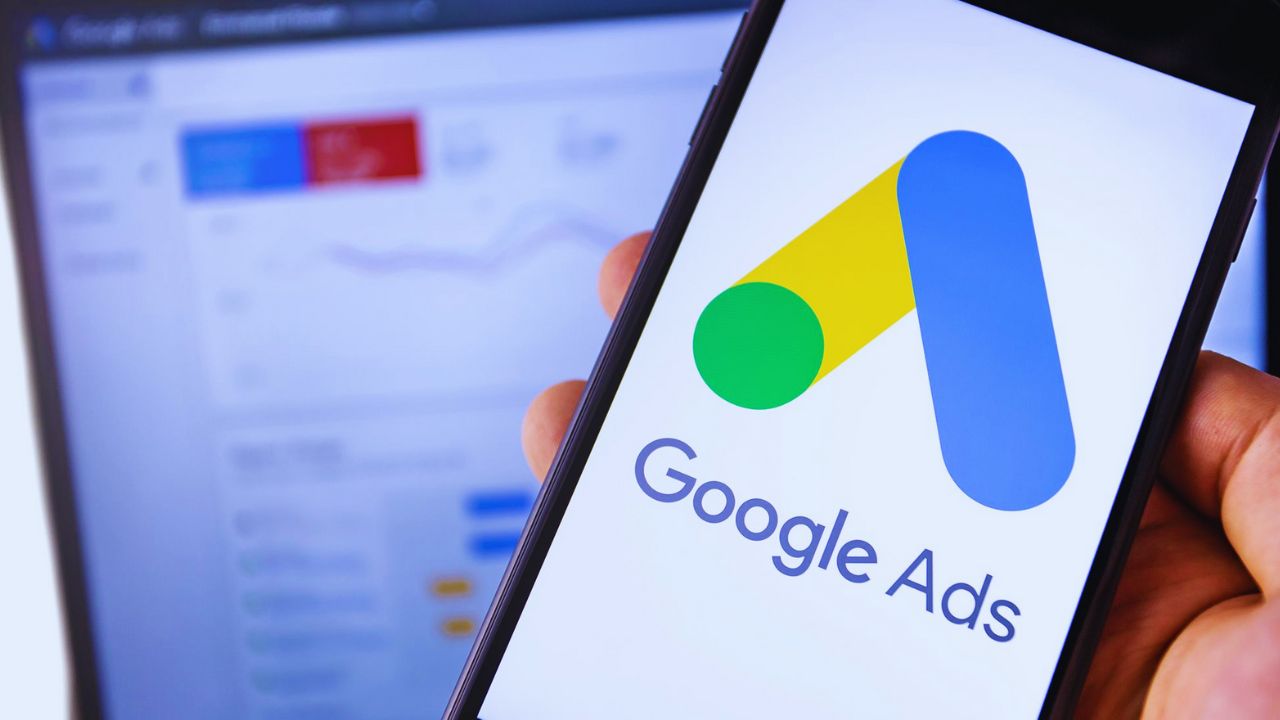
- Facebook: $1.72
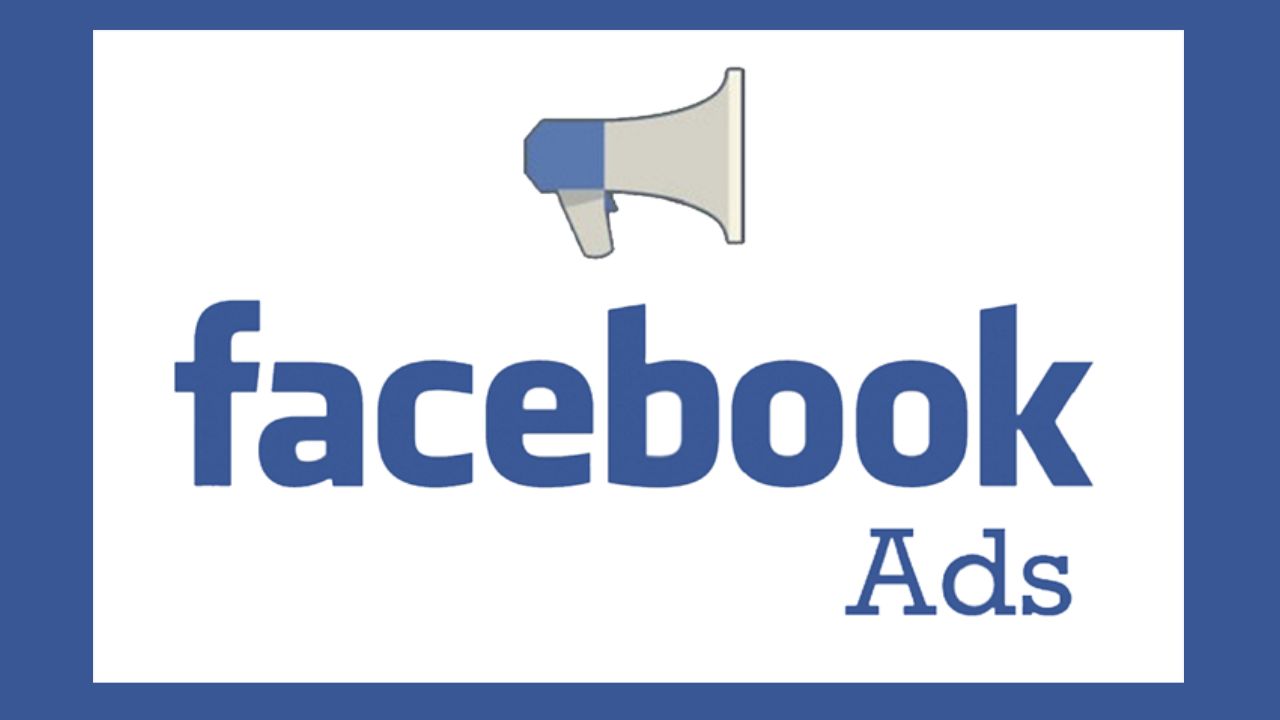
- LinkedIn: $2
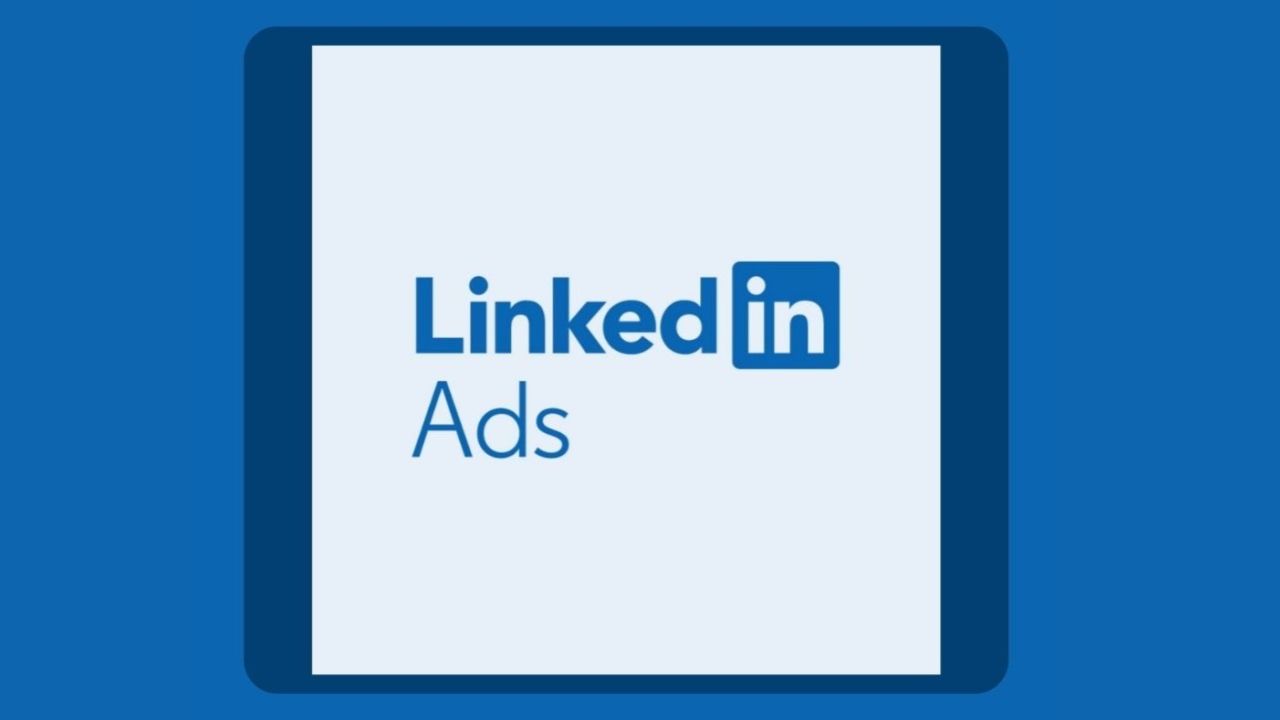
- Instagram: $5

- Snapchat: $2.95
- Microsoft Ads: $1.54 per click

Online display advertising alone can cost thousands of dollars monthly for small businesses, so informed decisions are crucial.
Ad costs can also vary by location, making location targeting a valuable tool. Understanding where your audience is and focusing your budget on those areas can lead to more efficient spending and better results. Location targeting allows you to focus your ads on specific geographic areas.
This feature is available on most ad platforms and can significantly improve your return on investment by ensuring your ads reach the most relevant audiences.
For example, a local restaurant could target ads to nearby neighborhoods, ensuring their promotions are seen by potential customers in the vicinity. Additionally, tracking your ad performance is essential. Tools like HubSpot’s ad tracking platform can help you measure the ROI of your campaigns, syncing real-time results with your overall strategy.
By continuously monitoring and analyzing your ad performance, you can make data-driven decisions and optimize your campaigns for better results.
Free local advertising options such as Google Business Profiles, social media advertising, email marketing, and customer referrals can be highly effective. These budget-friendly strategies help small businesses connect directly with their local community, build brand recognition, boost visibility, and drive sales.
Utilizing free advertising or a combination of these free local advertising methods can significantly promote your business locally and attract new customers.
Advertising online can be complex, but starting with informed decisions and using available tools can set you on the right path. Utilize A/B testing, track key performance metrics, and adjust your strategies based on what works best for your audience.
Next time I share a Coke with someone, I’ll reflect on the market research that Coca-Cola likely conducted to determine how many bottles with specific names to distribute to different regions.
Such targeted efforts showcase the power of local marketing in making global brands feel personal and accessible.
Embracing local marketing ideas, including local listings and Google Local Services Ads, can boost visibility and help small businesses compete with larger enterprises.
How Will You Leverage Local Marketing?
Now that you have a deeper understanding of local marketing and some actionable ideas, it’s time to think about how you can apply these strategies to your own business.
Creating and managing a Google Business profile is crucial for increasing visibility and customer confidence.
Whether you’re a small local shop or a larger company looking to connect with a specific community, the principles of local marketing can help you build stronger, more meaningful relationships with your audience.
Participating in local business awards can raise your small business owners profile and generate positive publicity.

Start Small and Scale Up
You don’t need to launch a massive campaign right away.
Start with small, targeted efforts in your immediate community. Sponsor a local event, collaborate with local influencers, or create personalized marketing materials for your local area only.
As you see positive results, you can gradually expand your efforts to cover a wider area.
For example, a small café might start by hosting a weekly trivia night to attract local customers, and eventually expand to more frequent events or larger community activities.
Leverage Local Influencers
Identify influencers in your community who have a strong following and align with your brand values.
Partnering with them can help you reach a local audience more effectively. Influencers can provide authentic endorsements and share their experiences with your products or services, which can resonate more with local followers.
This authentic connection can lead to higher engagement and more genuine interactions with your brand.

Utilize Local SEO
Ensure your business is optimized for local search engine results.
This involves using location-specific keywords, creating local business listings in online directories, and encouraging customer reviews. Local SEO can help your business appear in search results when potential customers are looking for products or services in your area.
Additionally, using local search ads can get your business featured above relevant search results for local shoppers, leveraging platforms like Google Maps and Bing Places to target specific locations and increase local brand awareness.
By optimizing your website traffic online presence for local searches, you can attract more local traffic to your website and physical store.

Engage with the Community
Get involved in your community through volunteer work, sponsoring local events, or hosting community gatherings.
Building a presence in your community not only increases brand awareness but also fosters trust and loyalty among local customers.
For instance, a local bookstore might host reading clubs or author signings, creating a space for community engagement and building a loyal customer base.
Track and Adjust Your Strategies
Use analytics tools to track the performance of your local marketing efforts.
Monitor key metrics such as engagement, reach, and conversion rates. Based on the data, make adjustments to your strategies to improve your results. Continuous monitoring and tweaking are essential for long-term success.
By understanding what works and what doesn’t, you can refine your approach and maximize your marketing efforts.
Conclusion
Local marketing is a powerful tool for businesses of all sizes.
By understanding and engaging with your local audience, you can create meaningful connections, build brand loyalty, and drive sales. The examples and ideas provided here are just a starting point. With creativity and a focus on your community’s needs and preferences, you can develop effective local marketing campaigns that resonate and deliver results.
So, how about local business advertising ideas and will you use local marketing to impact your business?
The opportunities are vast, and the potential for growth is significant. Embrace the power of local marketing and watch your small business really thrive in the community you serve.
FAQ: Connecting with Your Community: The Power of Local Advertising
Q: What is local marketing?
A: Local marketing targets nearby audiences with messages that resonate with their specific locality. It uses local slang, regional influencers, and community-specific promotions to attract and retain local customers.
Q: Why is local marketing important?
A: It creates stronger connections and more relevant marketing campaigns by focusing on local nuances, helping businesses build a loyal customer base and enhance their brand presence within a community.
Q: What are some examples of effective local marketing strategies?
A: Examples include engaging local influencers, social media ads hosting community events, personalizing campaigns, targeting specific demographics, and partnering with local businesses.
Q: How can small businesses benefit from local marketing?
A: Small businesses can gain immensely by creating a loyal customer base through effective use of local assets, word-of-mouth, and community support.
Q: What are some innovative local marketing ideas?
A: Ideas include championing a local cause, personalizing your campaigns, targeting specific demographics, organizing local events, collaborating with local businesses, and utilizing local media coverage.
Q: How can businesses personalize their local marketing campaigns?
A: Businesses can create personalized messages that make customers feel special like Coca-Cola’s “Share a Coke” campaign or Starbucks’ location-based mugs.
Q: How can local events boost marketing efforts?
A: Hosting events that resonate with the local community can enhance brand perception, create opportunities for direct customer engagement, and foster a sense of community involvement.
Q: What role do local influencers play in local marketing?
A: Local influencers can provide authentic endorsements and share experiences with your products, helping to reach a local audience more effectively and build genuine interactions with your brand.
Q: How can local SEO benefit a business?
A: Optimizing for local search engine results using location-specific keywords, business listings, and customer reviews can help a business appear in the search engines’ results when potential customers are looking for services in their area.
Q: What are some cost-effective local advertising methods?
A: Free local advertising options include creating Google Business Profiles, using other social media platforms for advertising, email marketing, and encouraging customer referrals.
These methods help connect with the local community, build brand recognition, and drive sales.
Q: How can businesses track the success of their local marketing efforts?
A: Businesses can use analytics tools to monitor key metrics such as engagement, reach, and conversion rates, allowing them to adjust strategies based on data-driven insights for better results.

